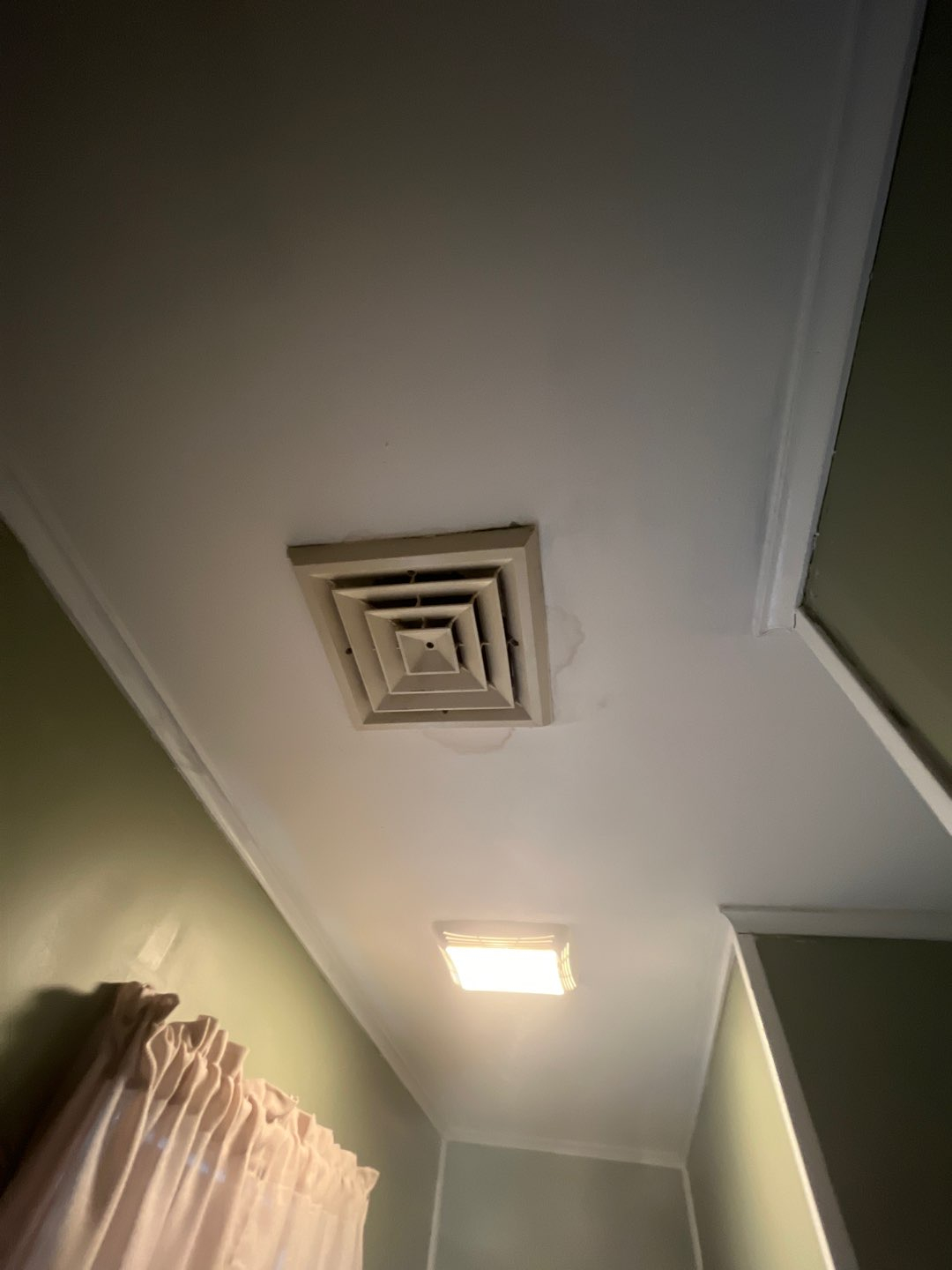Water Stains On The Ceiling Could Mean You Have Damage To Your Roof
Water stains on the ceiling can be indicative of a leak or water damage. Addressing the issue promptly is important to prevent further damage and potential health hazards like mold growth. Here’s a step-by-step guide on how to deal with water stains on the ceiling:
1. **Locate and Fix the Source of the Leak:**
– Inspect the area above the water stain to identify the source of the leak. It could be a damaged roof, leaking pipe, or issues with plumbing fixtures.
– Check for water leaks from the roof, windows, or plumbing. If you’re unable to identify the source, it may be best to consult with a professional.
2. **Repair the Leak:**
– If you find a leak, repair it immediately. This might involve patching a roof, fixing a broken pipe, or replacing a damaged seal around windows.
– For complex issues, it’s advisable to hire a professional contractor or plumber to ensure proper repairs.
3. **Address Water Damage:**
– Once the leak is fixed, assess the extent of water damage to the ceiling. If the ceiling is sagging or severely damaged, you may need to consult with a professional contractor to determine the best course of action.
4. **Remove Water Stains:**
– To remove water stains, you can use a mixture of equal parts water and white vinegar. Apply the solution to the stain with a sponge or cloth and gently rub until the stain fades. Rinse the area with clean water and allow it to dry.
– Alternatively, you can use a commercial stain remover designed for water stains.
5. **Repaint the Ceiling:**
– After the stain is removed and the area is dry, consider repainting the affected section of the ceiling to match the surrounding area. Use a mildew-resistant paint to help prevent future issues.
6. **Prevent Future Leaks:**
– Regularly inspect your roof, windows, and plumbing for any signs of damage or potential leaks. Addressing issues early can prevent water damage and costly repairs.
7. **Monitor for Mold:**
– Keep an eye on the affected area for any signs of mold growth. If you notice mold, it’s essential to address it promptly to prevent health issues. Clean mold with a mixture of water and mild detergent, or consider consulting with a professional mold remediation service.
If you’re unsure about how to proceed or if the damage is extensive, it’s recommended to consult with professionals, such as a roofing contractor or water damage restoration specialist, to ensure proper and thorough repairs. Give Apex East Roofing a call, 609-653-2233
We service Atlantic County, Cape May County, and Ocean County. Call today for a free inspection: 609-653-2233





